Plants or Crops
All Plants or Crops Content
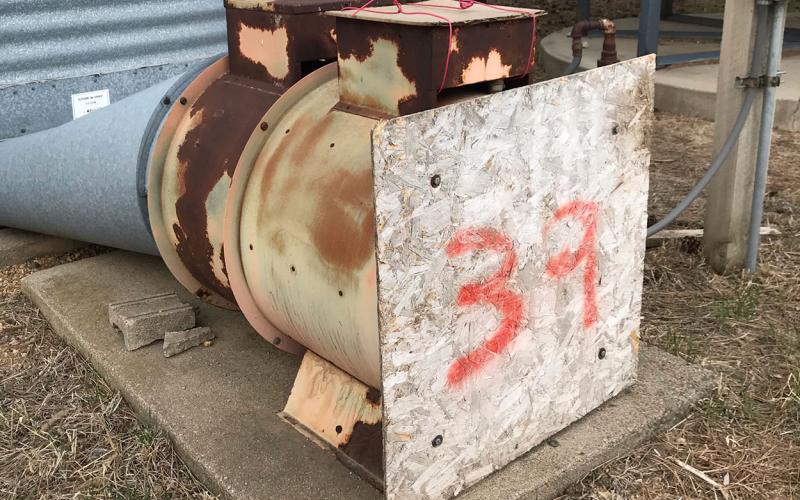
Check Your Bins This Spring
As it warms up this spring, don’t forget to check the bins. Grain bins work as solar heat collectors, and the grain inside of them may be much warmer than expected.
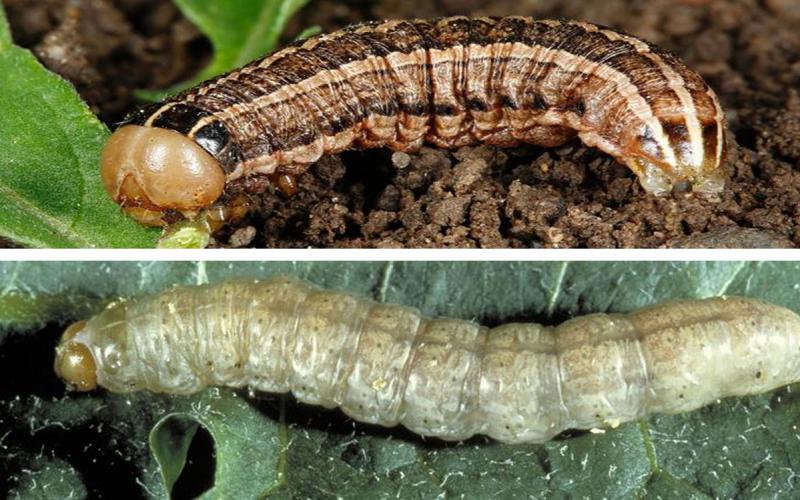
Monitor Wheat for Early-Season Cutworm Activity
It's finally warming up in South Dakota, and insect activity in wheat fields will be increasing. For wheat, a couple of early-season pests that may already be active are the army cutworm and the pale western cutworm.
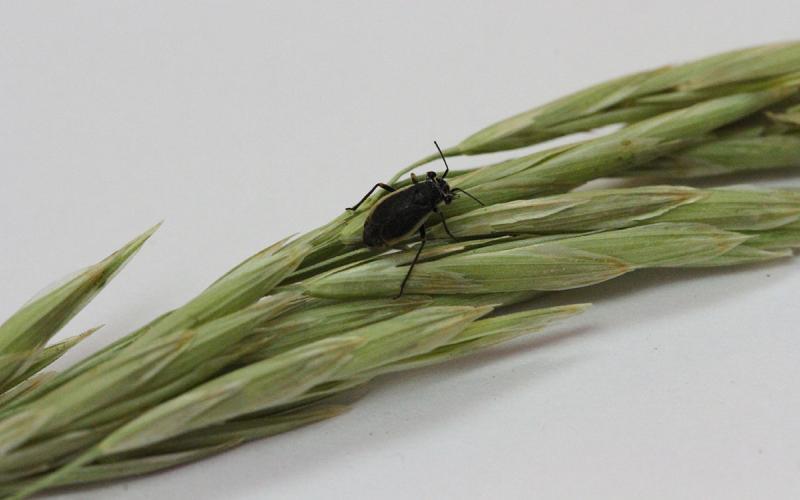
Drought Conditions Magnifying Impact of Black Grass Bugs
With much of South Dakota continuing to experience moderate-to-extreme drought conditions, black grass bugs could become a concern in some areas. Large populations of black grass bugs can cause severe damage to pasture.
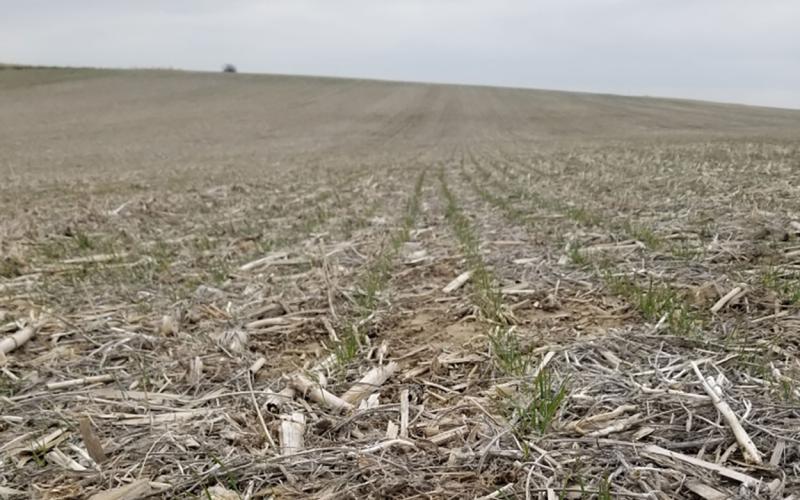
Assessing Winter Wheat Stand In the Spring
Overwintering of winter wheat starts in the late fall and is completed during spring regrowth. Factors, such as genetics, amount of snow cover and winter temperatures, can all play a significant role in winter survival of wheat crops.
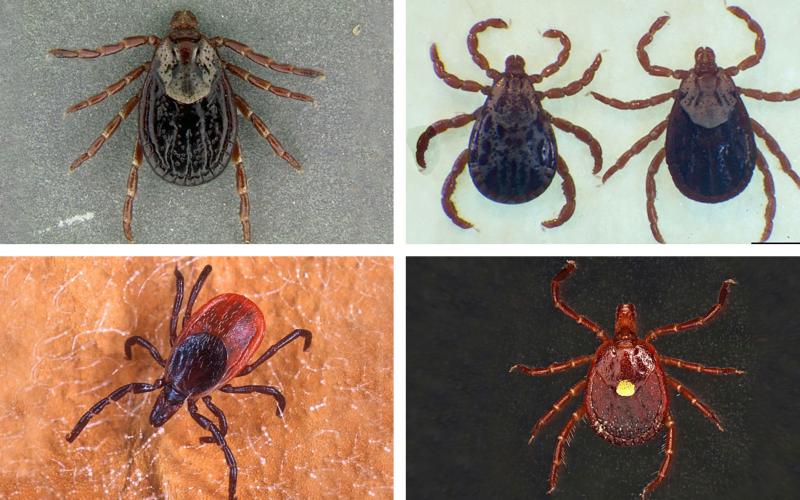
Be On the Lookout for Ticks
Ticks are one of the first pests to show up during spring. Learn some common ticks to watch out for in South Dakota, along with tips for preventing bites and removing ticks from your skin and clothing.
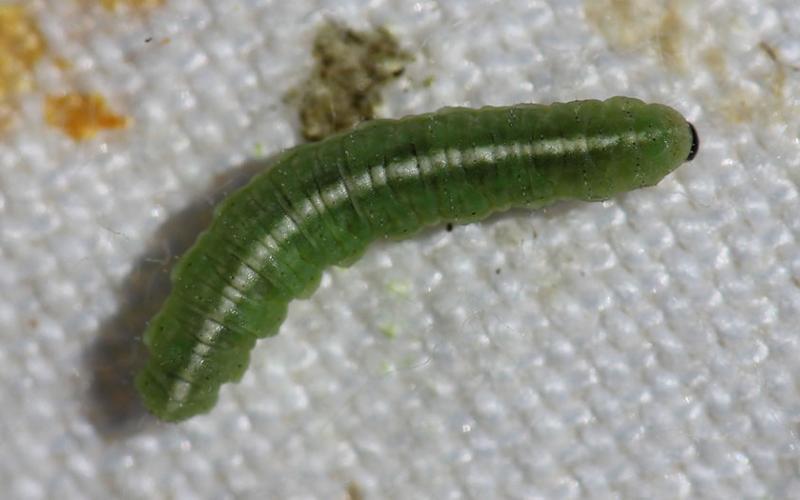
Alfalfa Weevil Activity Prediction Update: April 29, 2021
With another warmer week in the forecast, the need to scout for alfalfa weevils continues. Based on current degree day accumulations, overwintering alfalfa weevil adult activity is likely throughout all of South Dakota.

Alfalfa Weevil Activity Prediction Update: April 22, 2021
It was another cool week without a lot of degree day accumulations. With warmer temperatures in the upcoming forecast, the need to scout for alfalfa weevil activity will increase.
Sioux Falls to Host Emerald Ash Borer Tree Injection Workshop
April 21, 2021
As the season for emerald ash borer treatments nears in South Dakota, state forestry experts want applicators in the Sioux Falls area to be prepared.
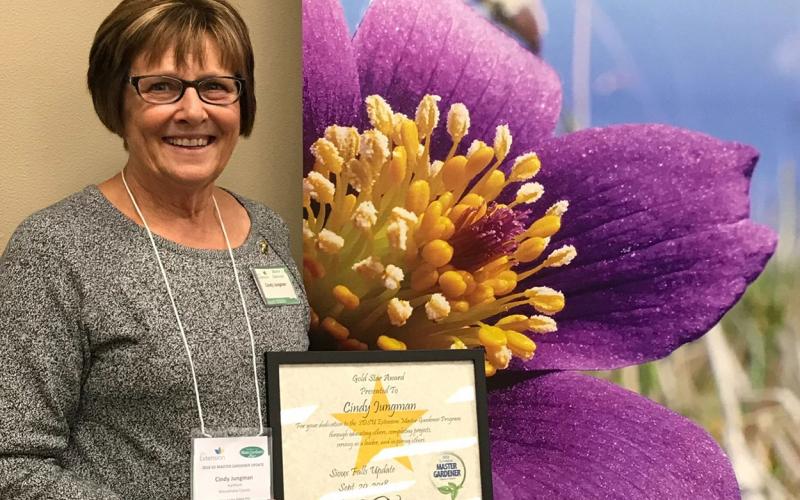
Jungman Brightens Landscapes, Builds Lifelong Friendships
A Master Gardener for more than 20 years, Cindy Jungman says the continuous education the program offers has been valuable.
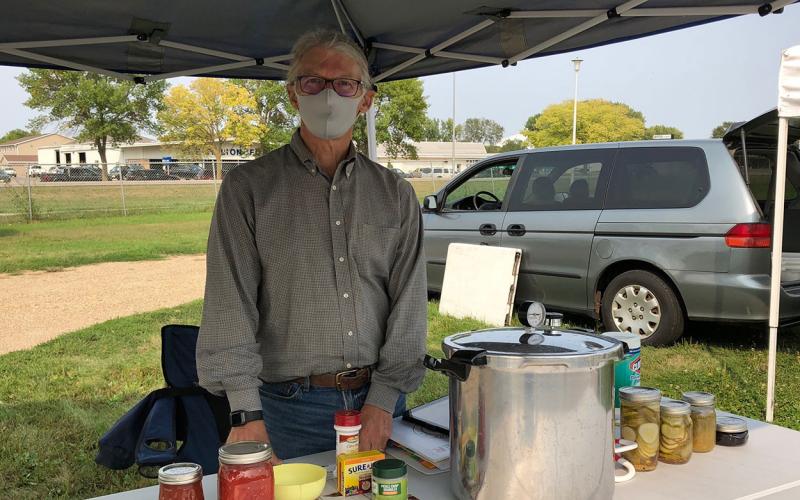
Schreiner Turns Backyard Hobby Into Community Support
Whether volunteering as a Master Gardener or a Master Food Preserver, Tim Schreiner says the interaction with people and seeing that “light bulb” moment after a conversation is really the fun part of the programs.